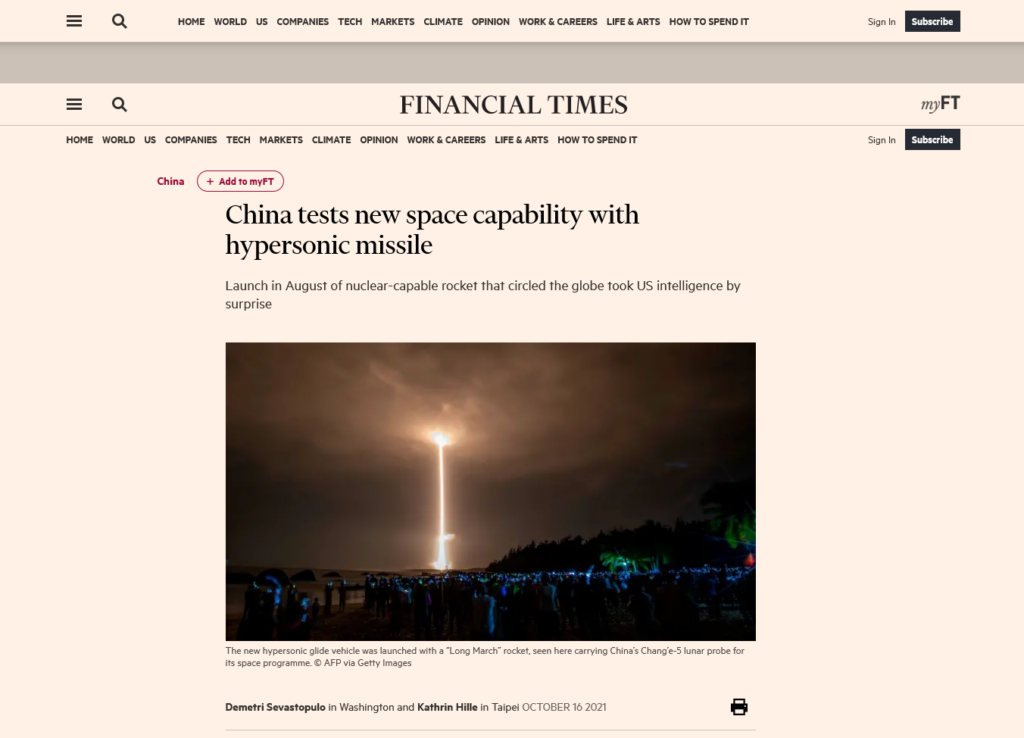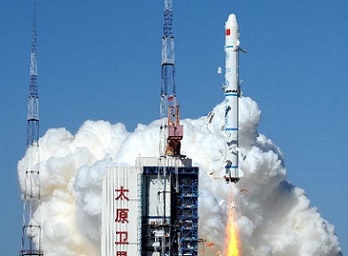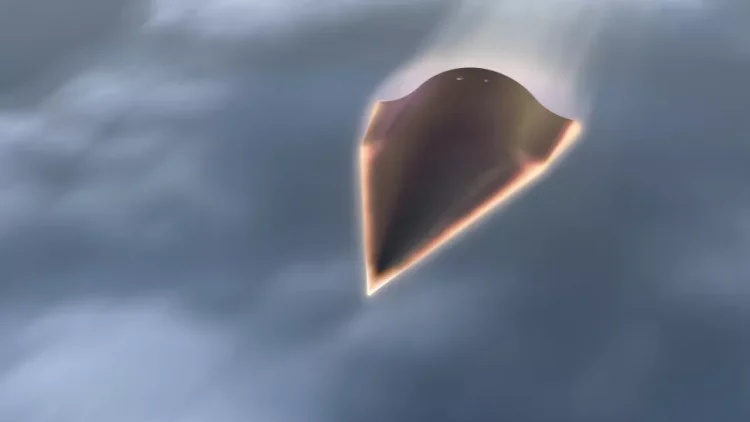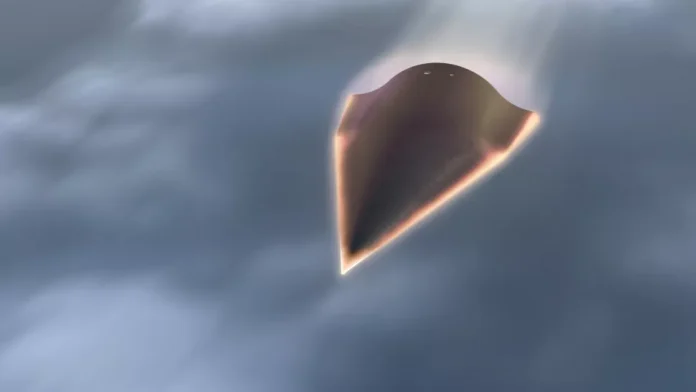Last week saw a report by the Financial Times that China had launched a nuclear-capable hypersonic missile in August. The report, citing 5 unnamed sources, claimed that China launched a rocket that carried a hypersonic glide vehicle that “circled the globe before speeding towards its target, demonstrating an advanced space capability that caught US intelligence by surprise”.
The original FT article did not refer to any specific date, and a second article released by the FT later in the week described two tests, one of which was on 27 July and one of which was on 13 August. The Chinese response noted that they had tested reusable space-related technology in another launch, on 16 July. In a nutshell, not a lot of clarity over which launch is which, and still a lot of unknowns.

What Was Tested?
According to the FT, China launched a rocket carrying a Fractional Orbital Bombardment System (FOBS), which itself carried a nuclear-capable hypersonic glide vehicle. These two technologies (FOBS and hypersonic gliders) are both meant to evade traditional missile defense systems. We also saw an unnamed source from the US policy establishment claim that the tests included some technology that the US does not have, which appears to “defy the laws of physics”.
An excellent webinar from the Foreign Policy Research Institute provided a very thorough analysis of the test. Dr. Laura Grego of MIT noted that “with the information reported, nothing appears to be revolutionary, and the technologies as described are decades old”. Grego was also (very,) very skeptical of the idea that the test defied the laws of physics.
The first technology involved in the test is FOBS. A fractional orbital bombardment system was initially conceptualized by the Soviets during the Cold War as a substitute for, or at a minimum supplement to intercontinental ballistic missiles (ICBMs) for delivery of nuclear warheads. FOBS systems are different in several ways from traditional ICBMs. Traditional ICBMs are launched to >1,000km altitude, where they travel through space towards their target, never reaching orbital velocity. The trip would take tens of minutes, with nearly all of this time spent in the vacuum of space. Because the missile uses most of its fuel getting to orbit and then mostly “cruising”, its path for most of the time is relatively predictable, which allows for missile defense systems to make sense in the first place.
FOBS, on the other hand, fly much lower than ICBMs (~150km), but do reach orbital velocity, which allows them to have nearly unlimited range. By flying lower, they are also much better at evading tracking systems. This is done at the expense of payload mass, as it requires a tremendous amount of energy to accelerate the FOBS to orbital velocity. The “fractional” part of FOBS is noteworthy from an international law perspective. In short, the Outer Space Treaty prohibits nations from stationing any nuclear weapons in space. By not doing a complete orbit, the FOBS can be legally argued as not being stationed in space.
Also, FOBS enable the attacking side to decide on the direction of the missile delivery, meaning that such weapons could reach the US from the South, a strong disadvantage for US missile defense which is optimized for missiles coming from the North (the most energy-efficient trajectory for missiles coming from Russia or North Korea).

The second technology that China has allegedly used is hypersonic glide technology, which, among other things, allows missiles to maneuver, making them harder to track. Hypersonic missiles travel at >5 times the speed of sound, or ~4,000 miles per hour. Hypersonic glide missiles (a.k.a hypersonic glide vehicles or HGVs) would use the atmosphere to maneuver, taking advantage of aerodynamics and creating a higher degree of unpredictability of the missile path, especially for US missile defenses optimized for ICBMs.
As noted, neither of these technologies are new, but they are both significant from a missile defense perspective.
According to an Asian national security official, as well as a Chinese security expert with close ties to the PLA, the weapon in question was being developed by the China Academy of Aerospace Aerodynamics (also known as the 11th Institute of CASC). The FT article highlighted that CALT had announced its 77th LM-2C flight on 19 July, and its 79th on 24 August, without a 78th. Notably, CALT considers such missile launches as launches, even though they are not counted as launches by CASC.

Reactions to the Tests
The report from the FT triggered significant international reaction. Western analysts tended to think that China was either developing a new nuclear-weapon delivery system, or otherwise potentially a reusable space vehicle that would itself be applicable for weapons. James Acton of the Carnegie Institute noted that he suspects that “China is following the Soviet Union’s lead in developing a so-called (FOBS). But I can’t rule out the possibility that China is developing a spaceplane, like the X-37B”. Overall, the western military reaction was primarily calls for increased investment into missile defense systems, with the US’s current Ground-based Midcourse Defense System being designed to intercept North Korean ICBMs.
For their part, the Chinese Foreign Ministry denied the reports of China launching a hypersonic missile, with spokesperson Zhao Lijian claiming that China had launched a “routine test of a space vehicle to verify technologies of spacecraft reusability”, and that the test would have “great significance for reducing the cost” of space flights, as “part of the peaceful use of space for humanity”. According to Dr Grego in the earlier-mentioned webinar, “a test of reusable space technology” is a consistent description of that same basic technology–putting something into space, bringing it back down in a controlled and maneuverable way”. Finally, it’s worth mentioning that other Chinese media sources did not deny the test, and in one case almost celebrated the fact that Chinese technology was being taken seriously by the West.

Implications and Future Expectations
The fact that the US military establishment may have been taken by surprise is a surprise in itself, as China’s HGV developments were known: China showcased the DF-17 missile for the first time during the 2019 October National Parade, carrying the DF-ZF HGV. CASC’s 11th Academy (CAAA) is also well known for its hypersonic & spaceplane technology research. If China has indeed successfully tested FOBS and/or hypersonic glide technology, it represents a technological step forward for China, but not necessarily anything new. As noted, the Soviets conceptualized FOBS as early as the 1960s, and hypersonic gliders have been developed for some time. As well, the capabilities made possible by FOBS and hypersonic gliders—namely evading missile defense systems—are not a major shift in the balance of power, as current US missile defense systems are not optimized for Chinese ICBMs, nor capable of stopping all Chinese ICBMs in the event that China fired many at one time.
That being said, the tests could represent the next step in an evolving arms race of exotic weapons delivery systems and other military technology. The 2020s have been a tense time for US-China relations, and the testing of nuclear-capable hypersonic glide vehicles is not an entirely optimistic development. Interestingly, the week ended with a US Navy/Army joint hypersonic missile test on 20 October, which the US Navy characterized as a “vital step in the development of a Navy-designed common hypersonic missile, consisting of a Common Hypersonic Glide Body (CHGB) and a booster”.



